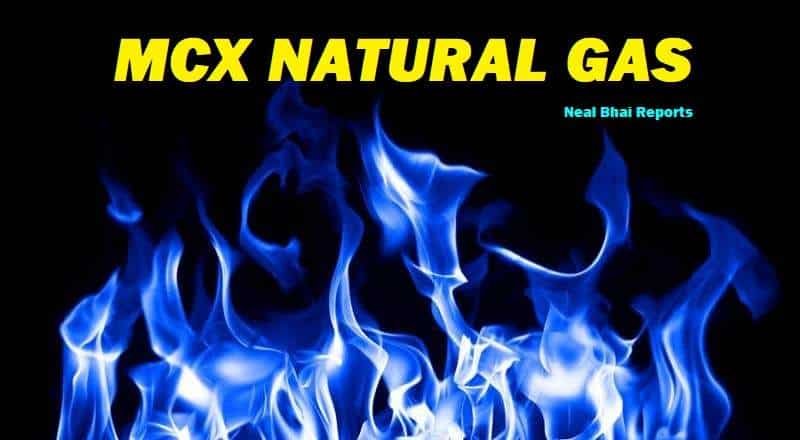Until more convincing cold starts showing up in the models, downside risk will outweigh upside potential.
On Friday, the front-month January contract settled down 9.3 cents ($0.093) to $2.334/MMBtu, the February contract settled down 7.9 cents ($0.079) to $2.319/MMBtu, and the March contract settled down 6.3 cents ($0.063) to $2.249/MMBtu. Figure 1 below is a chart depicting the price trend of the front-month January contract over the past week.
On Friday, the United States Natural Gas ETF (UNG), which is the unleveraged 1x ETF that tracks the price of natural gas, finished down 2.65% to $18.03.
UNG’s leveraged exposure ETFs, the VelocityShares 3x Long Natural Gas ETN (UGAZ) and the ProShares Ultra Bloomberg Natural Gas ETF (BOIL), were seen lower by 8.59% and 5.63% at $9.36 and $9.56, respectively. Meanwhile, UNG’s high-beta leveraged inverse ETFs, the VelocityShares 3x Inverse Natural Gas ETN (DGAZ) and the ProShares UltraShort Bloomberg Natural Gas ETF (KOLD), were seen higher by 8.07% and 5.51% at $155.79 and $34.86, respectively.
Weather pattern decidedly milder over the next couple of weeks; variable over the next 10 days before a cool West U.S. vs. mild Central and East U.S. sets up in the 10-16 day
The weather pattern will remain quite progressive/variable, but mild overall sprinkled with punctuated periods of cold shots here and there over the next 10 days or so.
This progressive yet mild state that we’ll be in over the next 10 days or so will feature an active jet stream that will mostly be in a zonal to semi-zonal configuration and at times becoming more amplified that will support the periods of cold air intrusions.
The first cold shot will take place this week (approx. Tues.-Thurs.) amid an upper level vortex/cyclonic flow that’s rotating over the Hudson/James Bay in central Canada. Forecast guidance over the weekend has scaled back on the intensity of the cold keeping the upper vortex and thus the bulk of this cold further to the north in Canada. The core of the cold here in the Lower 48 will be over the north central U.S. (northern Plains, Upper Midwest, Great Lakes). Areas with snow cover will see enhanced effects of the cold air mass compared to areas with no snow cover.
Another shot of cold air (weaker than the first) is expected during the first half of next week or the week ending December 20. This cool/cold shot will also be transient lasting only a couple of days.
After that the pattern looks to turn less progressive and warmer again as troughing develops over western North America. Figure 2 below is a map from the 12z ECMWF ensemble depicting the 1-6 day (December 9-14) temperature pattern.
So in summary, forecast models have trended sharply warmer over the weekend with several HDDs erased. The pattern over the next 10 days will be progressive/variable, but overall mildly punctuated by a couple of transient cool/cold shots. The 10-15 day period will then turn less progressive and even warmer across a vast majority of the country. The 10-15 day period will take on that of a cool West U.S. vs. a mild Central and East U.S. type pattern.
Final Trading Thoughts
Downside risk will outweigh upside potential with plenty of mild in the pattern over the next couple of weeks.
Expect a price range between $2.10 and $2.35 over the next week for the front-month January futures contract. UNG will trade between $15.00 and $18.50.
Figure 6 below is my natural gas inventory withdrawal projections over the next four weeks vs. the five-year average and the total four-week projected level vs. the five-year average.
Figure 6: Natural Gas Weekly Storage Injection/Withdrawal Projections over the next four weeks.
Figure 7 below is the observed or current natural gas inventory level and my forecast levels over the next four weeks vs. the five-year average.
Finally, Figure 8 below is the current storage deficit level and my four-week projected deficit levels.
Summary
Forecast models led by the ECMWF model turns much warmer over the weekend; several HDDs erased.
Natural gas production remains strong, hovering above 95.0 Bcf/d.
Strong production combined with a much warmer outlook over next couple of weeks puts bears in firm control of the market.
Triple-digit natural gas withdrawals not anticipated over the next few weeks after warmer trend in the forecast models over the weekend.
